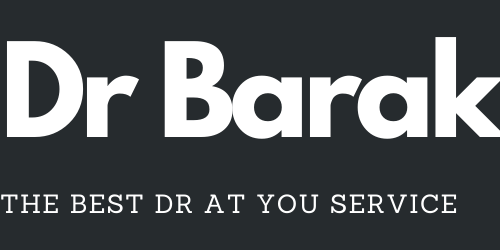Massage For Old People
A good massage should ease the muscles. As we age, our muscles tighten and it becomes more difficult to move. Regular massages can loosen these muscles, making them easier to move and perform daily activities. Here are some tips to make the most of your massage. If you are over 65, don’t do a deep tissue massage. Seniors tend to have dry skin, so make sure to use the appropriate oil or cream.
Your therapist should be informed of any physical limitations you may have. Older people are more susceptible to heat and cold. If you are more sensitive to heat and cold, you might not feel the pain until its too severe. These concerns should be discussed with the therapist before you begin the massage. You can also ask your doctor to recommend a massage therapist if you aren’t sure who to choose. Finally, ensure you choose someone who will be a good fit.
After a hard day’s work, older people need to take a break. Massage can help them feel Massage Jeddah and relieve muscle spasms. Massage can also improve circulation and reduce the amount of medication an old person takes. Massage can also improve sleep quality. A massage is also great for elderly people who are more susceptible to falling. These benefits are obvious. It’s no surprise that massage therapy is becoming a popular alternative to traditional medicine.
An experiment conducted at a long-term care facility looked at the benefits of receiving massage for old people. Participants were given a foot and hand massage and evaluated for emotional responses with a Likert scale. The electroencephalogram, meanwhile, recorded electrical activity in their brains. The hand massages impacted both the left posterior cingulate cortex and the left insular cortex, which are brain regions involved with processing positive emotions.
A geriatric massage is designed specifically for older people and is particularly effective in restoring mobility lost by age or disease. It increases lymphatic fluid flow, which aids in the body’s elimination of toxins. Generally, geriatric massage sessions are shorter than the average session, and the pressure is gentler than with active muscle tissue. Foot massages can be used to relieve pain and improve circulation. This type of massage therapy can also be recommended for those with medical conditions.
Geriatric massage is a growing field in Massage Therapy. It addresses the needs of the elderly population and provides relief for conditions such poor circulation, inflammation of joints, and respiratory problems. It provides comfort for elderly patients who are often touch-deprived. It can improve the quality of life, increase sleep quality, and help the elderly extend their vitality. Geriatric massage offers many benefits.
Seniors might not be able lie down comfortably. Depending on their mobility, they may need a longer massage. A massage therapist can perform the massage in a chair or on a bed if the client has mobility issues. A massage for elderly people can be especially beneficial if they have arthritis. You can also make the massage more enjoyable by allowing them to relax and communicate with you.
Geriatric massage is a term that describes massage for the elderly. This massage addresses specific issues that come with aging such as restricted mobility, chronic pain, stiff muscles, and chronic pain. The skin of older people is less moist and more prone to bruising. A massage therapist can use gentle strokes in order to treat these conditions. A session can last between 30 and 1 hour. This massage is an excellent way to boost your senior’s energy levels, improve circulation, and feel younger.
A community’s health is dependent on a nursing service for the elderly. Old people are susceptible to a range of conditions, including anxiety, insomnia, and pain. Studies have shown that massage therapy can help improve the physical and psychological indicators of relaxation in old people. Research published in 2008 suggests that massage produces a relaxation response through tactile stimulation of the skin and nerves. The massage induces complex neurohumoral responses in the hypothalamic-pituitary axis, which then disseminates these signals throughout the cortex and midbrain.
